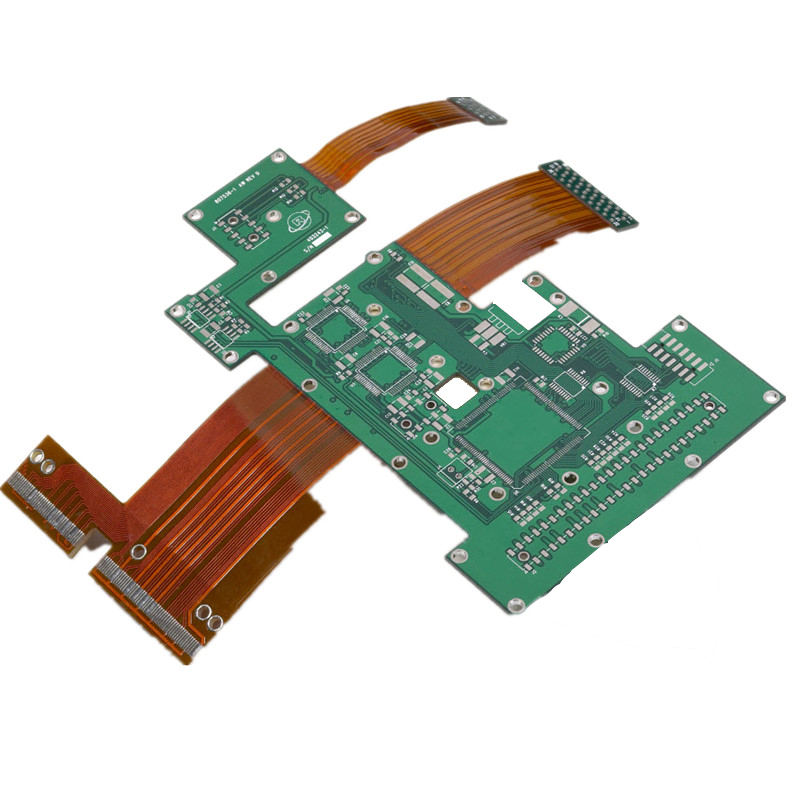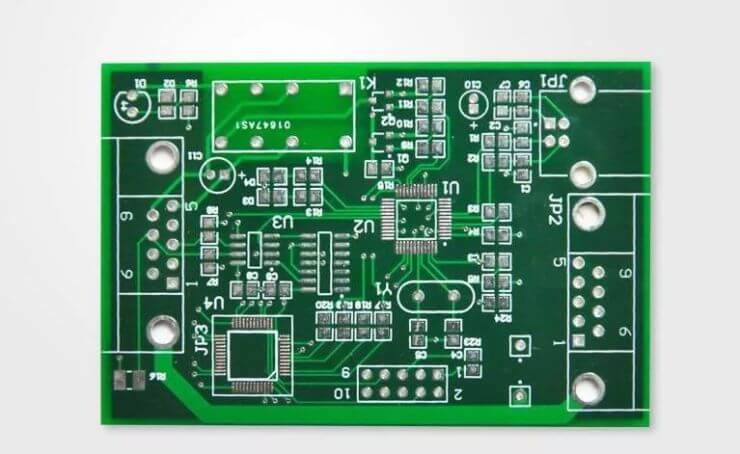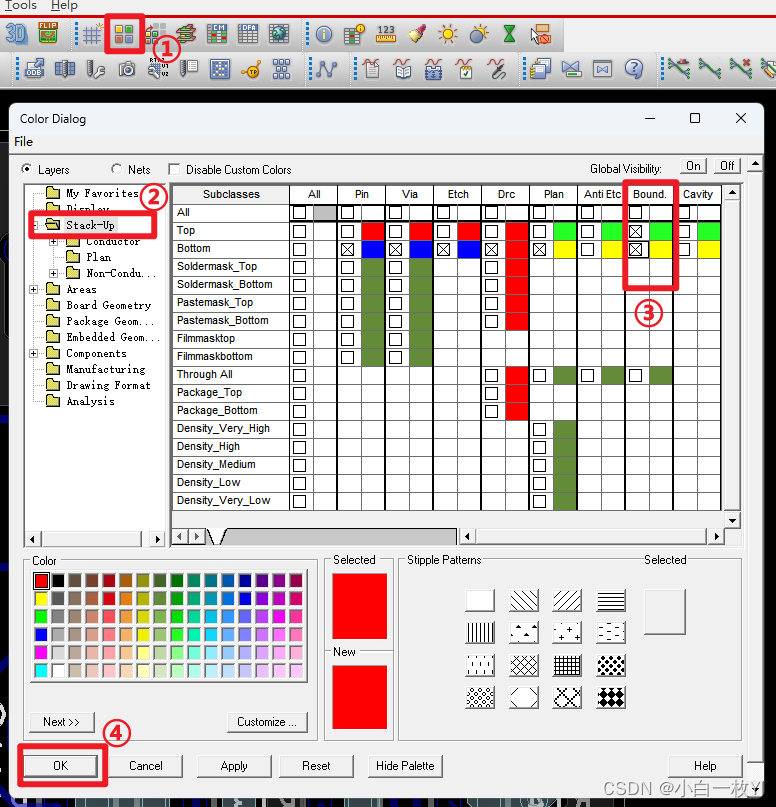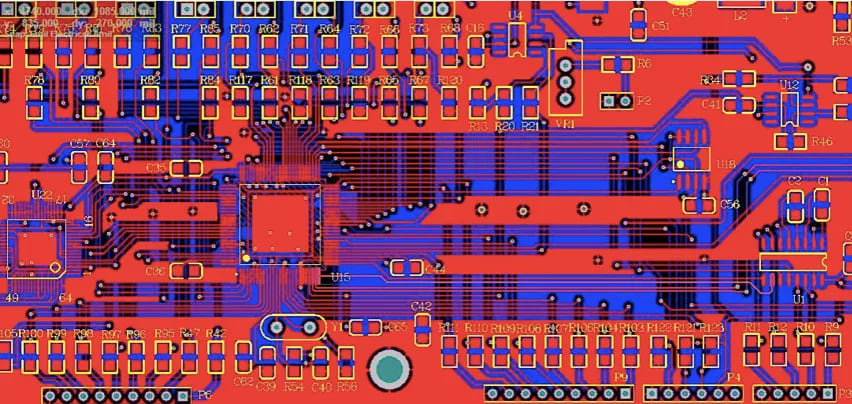Printed Circuit Board (PCB for short) is an important part of electronic equipment, which realizes the function of the circuit by connecting electronic components and circuits together.
The principle of printed circuit board mainly includes the following aspects:
Basic structure
A printed circuit board usually consists of a substrate, wires, holes, and pads. The substrate is the main body of the circuit board and is usually made of an insulating material such as fiberglass reinforced plastic (FR-4). Wires are circuit paths that connect electronic components, usually made of copper foil. Holes are used to connect wires at different levels and are usually made by chemical etching or mechanical drilling. Pads are used to connect pins of electronic components and are usually made of metal materials.
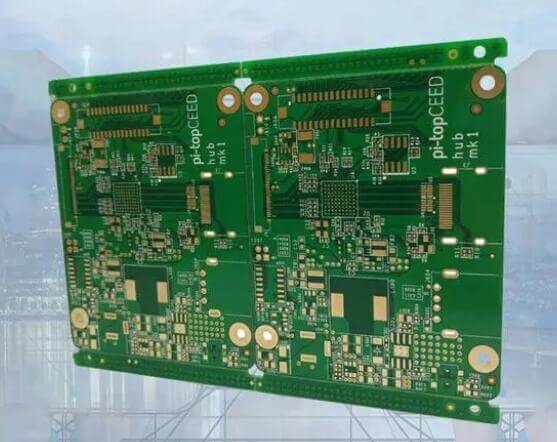
Printing process
The manufacturing process of printed circuit boards usually includes the following steps: designing circuit diagrams, making printed circuit board drawings, making photomasks for printed circuit boards, making printing plates for printed circuit boards, making chemical corrosion of printed circuit boards, Drilling of printed circuit boards, metallization of printed circuit boards, pads of printed circuit boards, assembly of printed circuit boards, etc.
Circuit connection
The printed circuit board connects electronic components together through wires to realize the function of the circuit. The wire is usually made of copper foil, and the wire pattern is printed on the substrate by printing, etching and other processes. The width and spacing of the wires determine the characteristics of the circuit such as resistance, capacitance, and inductance.
Circuit layers
Printed circuit boards often have multiple circuit layers, with wires and components on each layer. Multilayer circuit boards can provide more circuit connections and higher circuit density to meet the needs of complex electronic devices.
Soldering techniques
Electronic components on printed circuit boards are usually connected together by soldering techniques. Common soldering techniques include surface mount technology (SMT) and through-hole soldering. The SMT technology directly solders the components on the surface of the printed circuit board, and the plug-in welding technology inserts the components into the holes of the printed circuit board and fixes them by welding.
The principle of printed circuit board involves basic structure, printing process, circuit connection, circuit level and welding technology. These principles are the basis of a printed circuit board.

